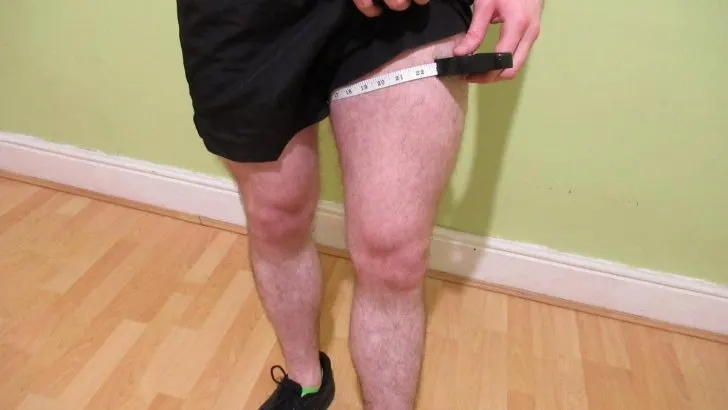Thigh size is something that a lot of people are concerned about these days, especially with so many pictures of well-built bodies floating around on social media.
Many women, for example, wish that their legs were slimmer, whereas a lot of men wish that their quads were bigger.
With that in mind, 22 inch thighs are very much medium sized thighs, and that’s for both men and women.
The following guide, which draws on real-life measurement data to prove that your 22 inch legs are neither too big nor too small, will also give you helpful advice for both slimming and bulking up your thighs.
- 14 inch thighs
- 17 inch thighs
- 18 inch thighs
- 19 inch thighs
- 20 inch thighs
- 21 inch thighs
- 23 inch thighs
- 24 inch thighs
- 25 inch thighs
Are 22 inch thighs big for females?
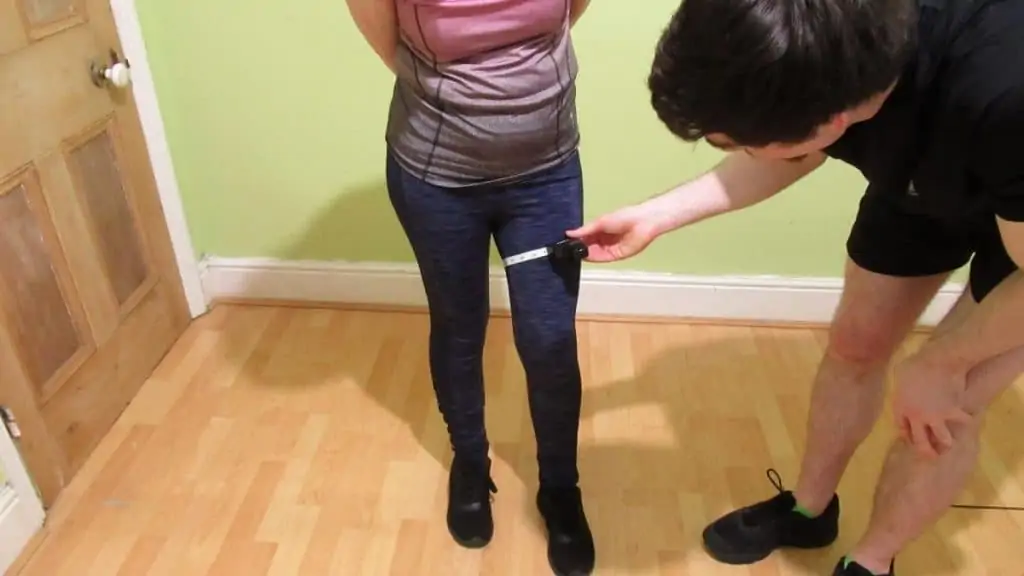
In 2008, the National Center for Health Statistics published a report that, among other things, examined the thigh circumference of 4,065 women.
The researchers found that the average woman had 20.8 inch thighs. [1]
However, this average was for all ages. And since we know that people lose muscle as they age, this number doesn’t necessarily reflect the thigh measurements of younger women, which is the kind of woman who’s most likely to be concerned about her body.
Rounded up to the nearest half-inch, women aged 20-49 had 22 inch thighs on average (21.7 inches, to be precise).
So as you can see, it’s perfectly normal to have 22″ thighs as a woman.
Are 22 inch quads big for men?
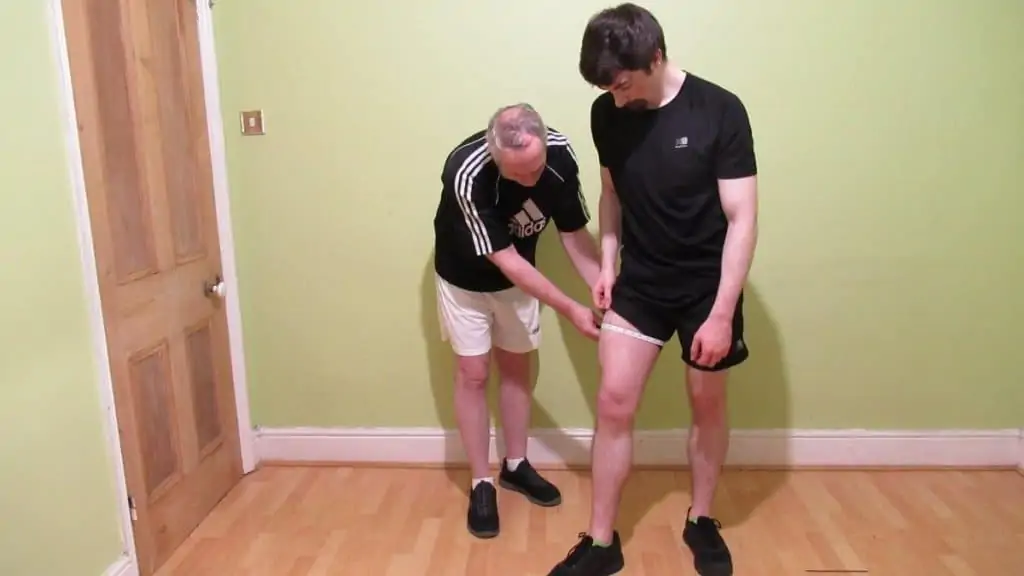
While some people may presume that men—naturally having more muscle mass than their female counterparts—have bigger thighs than women, this isn’t actually the case, according to the data.
Although males tend to have bigger thighs than women when all ages are factored into the equation, men aged 20-49 actually have slightly smaller legs than women of the same age.
Based on the above-referenced data, a 22 inch thigh circumference are actually slightly above average for men of all ages.
Men tend to store less fat on their legs than women, which may well explain why they have slightly slimmer thighs.
Of course, this data is based on the general population. For men who lift weights regularly, 22 inch legs are a normal size. For serious bodybuilders, on the other hand, they’re a couple of inches below average.
How can you shrink your 22 inch legs?
Whether you want to slim your 22 inch thighs for health reasons or aesthetics, these simple and safe tips will help you to see results if you follow them consistently.
Talk to your doctor before starting a new exercise regime or making any dietary changes so that they can give you personal health guidance.
Perform more cardiovascular exercise
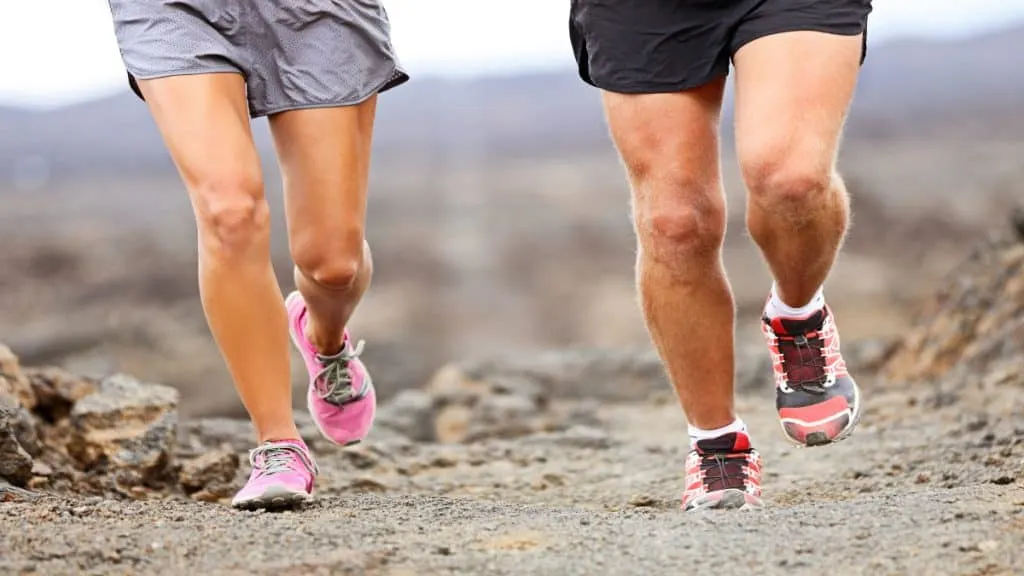
It’s no secret that weight lifters have bigger thighs than runners.
While jogging in the park and riding your bike can certainly make your thighs lean and toned, such exercise is unlikely to make your legs big and bulky unless you have good genetics for putting on lower body muscle mass.
The average woman can burn around 280 calories per hour by simply walking. So clearly, there’s no need to push yourself to the limit every cardio session.
Of course, cranking up the intensity will help you to burn more fat and thus slim your legs faster. Running for an hour at 5 mph burns 300 extra calories than walking for an hour at 3.5 mph (590 vs 280). [2]
Stick to bodyweight squats
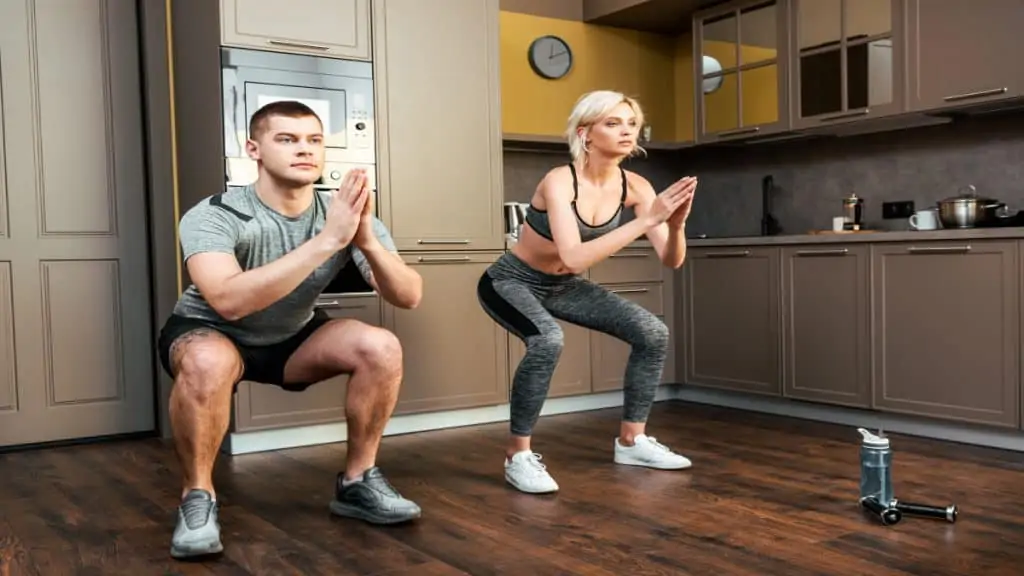
Doing weighted squats may well improve the aesthetics of your thighs in some people’s eyes, but it’s not the ideal protocol for people looking to slim their legs.
Bodyweight squats are ideal for slimming your 22 inch thighs and making them more toned because they’re unlikely to cause significant hypertrophy.
You can also perform bodyweight squats wherever you like—whether it be in your living room or in the park—so there’s no need to get a gym membership in order to slim your 22 inch legs.
Weighted squats, on the other hand, will build your quadriceps and glutes, which will ultimately make your lower body look less slim but not necessarily any less aesthetic.
Improve your diet

You can’t expect to devour junk food every night and still reduce your 22 inch thighs (not unless you somehow still end up in an energy deficit).
Losing weight and thigh fat means eating healthy, satiating foods that improve your body composition while giving you plenty of energy to enjoy your daily activities.
Eggs, dairy, vegetables, beans, and nuts are just some foods that can keep you feeling fuller for longer, which in turn prevents overeating, a major cause of weight gain. [3]
How to increase your 22 inch thighs
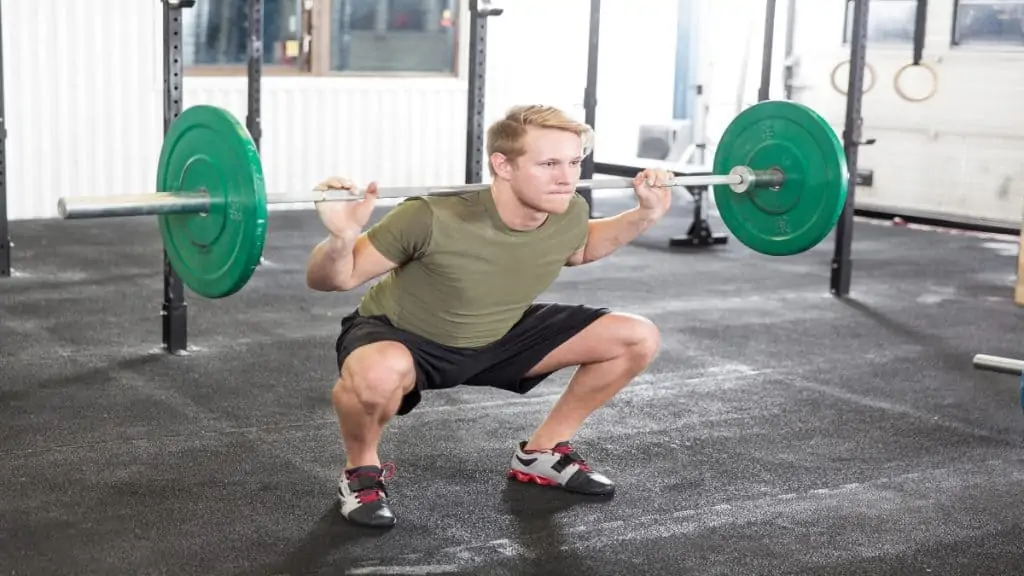
While 22 inch quads are by no means small for a man, many men would still like their thighs to be a bit more muscular. If you’re one of them, read on.
First and foremost, you’ll likely need to gain some weight to build your 22 inch legs. Putting on considerable amounts of muscle mass typically requires a surplus of energy, which you can create by eating more calories than you burn.
Within your calorie intake, you need enough quality protein to build your muscles, enough fat to maintain optimal hormone levels, and enough carbohydrates to fuel your leg workouts.
It’s always a good idea to begin your leg workout, which you should ideally do one or twice per week, with some kind of squat.
By adding weight to your squat every session or every other session, you’ll be giving your quads and glutes more incentive to grow by making them handle higher tension levels.
Leg extensions have an undeservedly bad reputation for hurting your knees, but they’re actually perfectly safe for most people when performed correctly (meaning you won’t lift too much weight) and for high reps.
Thigh extensions are indeed an excellent way to finish off your quads and fatigue the remaining muscle fibers at the end of your leg session.
Conclusion: Is it good to have 22 inch thighs?
Regardless of whether you’re a man or woman, tall or short, it’s perfectly okay to have 22 inch thighs.
After all, based on the data, most people do, in fact, have 22 inch legs or thereabouts.
Although you may still worry about your 22″ thighs being disproportionate to your other body parts, this doesn’t mean that your legs are too big or small.
The lack of proportion may only exist in your head, or it may be due to real genetic differences in the size of your body parts and muscle groups (we all have our strengths and weaknesses on the physical level).
References
- Centers for Disease Control and Prevention. (2008, October). Anthropometric Reference Data for Children and Adults: United States, 2003–2006 (No. 10). https://www.cdc.gov/nchs/data/nhsr/nhsr010.pdf
- Physical Activity for a Healthy Weight. (2020, October 28). Centers for Disease Control and Prevention. https://www.cdc.gov/healthyweight/physical_activity/index.html
- Levitt, S. (2013, September 30). 9 Foods To Help You Lose. WebMD. https://www.webmd.com/diet/obesity/features/9-foods-to-help-you-lose-weight

